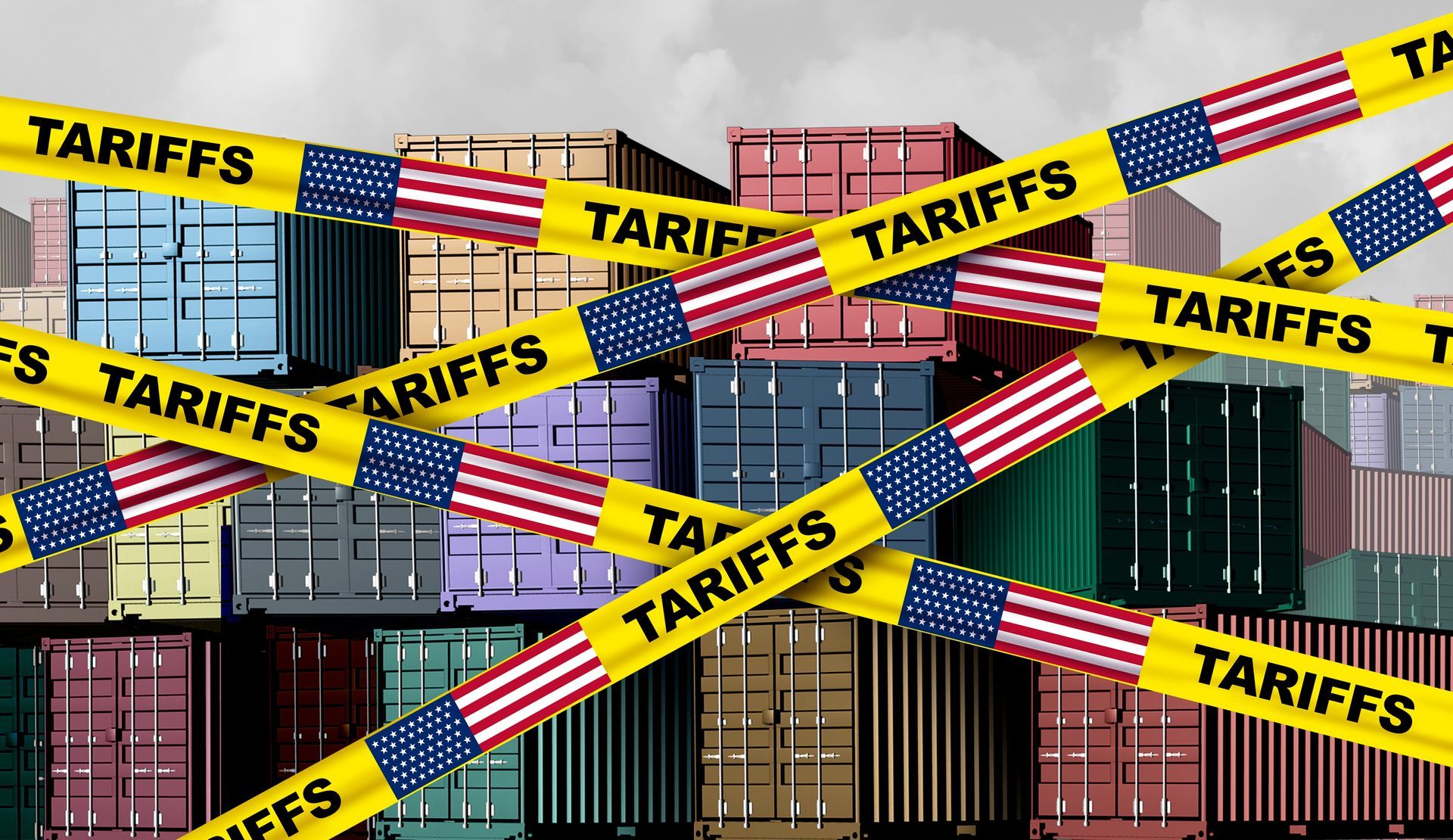Everything you need to know about the Section 301 Tariffs
This latest round of Chinese imposed tariffs hits U.S. importers harder and ultimately the consumers will begin to feel their impact as well.

In April of 2018, the current administration announced that it would impose increased tariffs on items imported from China. By April of 2018, the Office of the US Trade Representative (USTR), released the first list of 1,300 tariff numbers subject to an additional 25% duty. That list, referred to as US List 1, went into effect on July 6th and included steel and aluminum. The USTR announced that this would subsequently be followed by a List 2 and 3.
While the first list forced U.S. manufactures to negotiate the added cost (by either cutting back in other areas or passing the price onto consumers), the subsequent lists have made it harder on the U.S. importer and the consumer directly.
Taking effect on August 23, 2018, US List 2 includes plastic and electrical items used in manufacture and also motors, generators and motorcycles. This round of Chinese imposed tariffs hit the U.S. importers harder and ultimately the consumers began to feel their impact.
US List 3 was announced on September 17, 2018 and took effect on September 24, 2018. This latest round brought an additional 10% tariff immediately (according to the HTS number), and saw an increase to 25% on most of those items by June of 2019. This list includes $200 billion dollars’ worth of imports from China and almost 6,000 HTS numbers. If you import from China but have not been affected by List 1 or 2, this 3rd list most likely is of concern.
And now there is a proposed List 4 on the horizon. This next list has been broken in to 2 sub lists, A and B, and are expected to be implemented on September 1, 2019 and December 15, 2019, respectfully. This list is expected to include almost all remaining imports from China that are not yet subject to the Section 301 tariff. List 4 encompasses approximately $300 billion worth of Chinese imports.
The reality is that if they aren’t already, companies will soon be forced to absorb these additional charges or pass them onto their consumers. Ultimately, this increases U.S. companies’ inabilities to remain competitive with each other as well as in a global market.
While the future of the Section 301 Tariffs is unknown, importers should be mindful of their impact and plan for their permanence.
The good news is that with the exception of US List 1, U.S. companies can claim that additional duty back with a duty drawback program. If you are importing items from China, that are ultimately exported, it is now more important than ever to establish a drawback program.
Contact ITM
today if your imports are or will be subject to this additional duty. We can help you learn more about recouping the duties paid as well as set up and manage your duty drawback program.
Get actionable advice on cost-saving strategies that boost your bottom line.
Subscribe here:




















